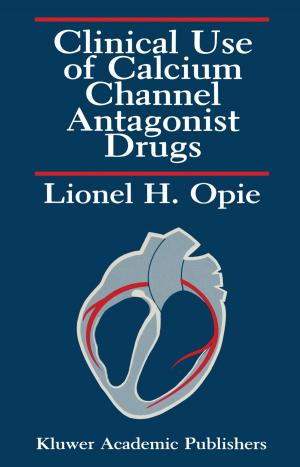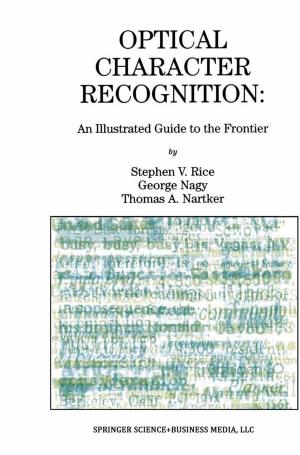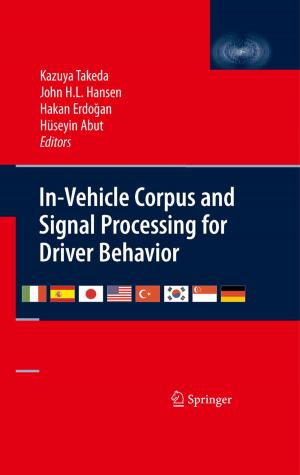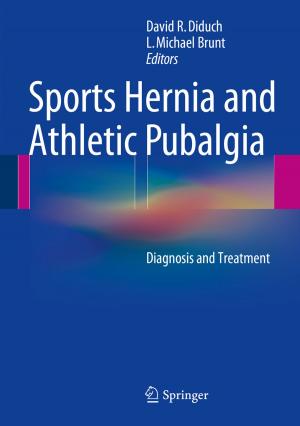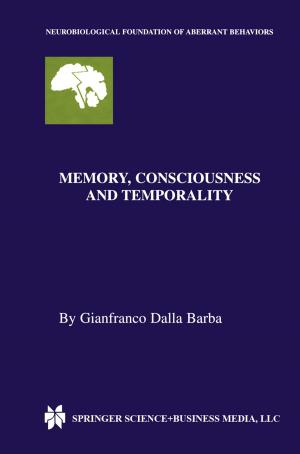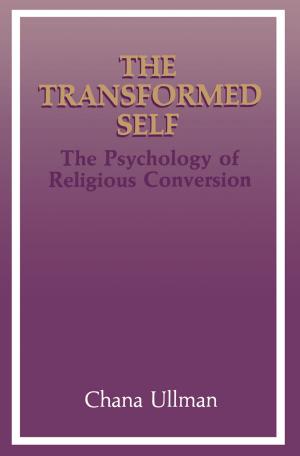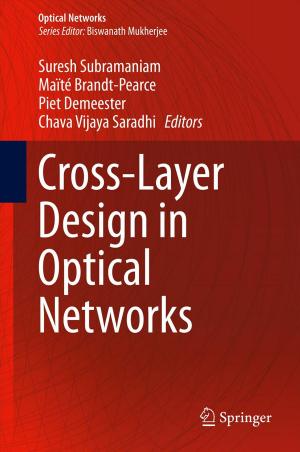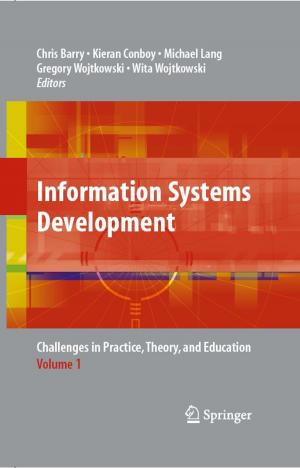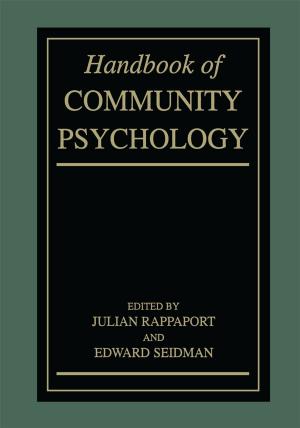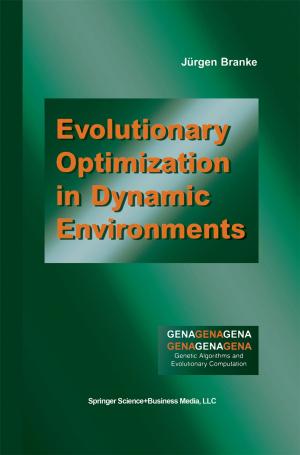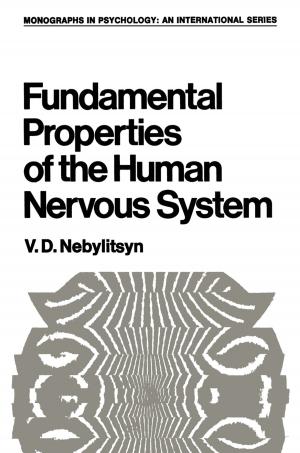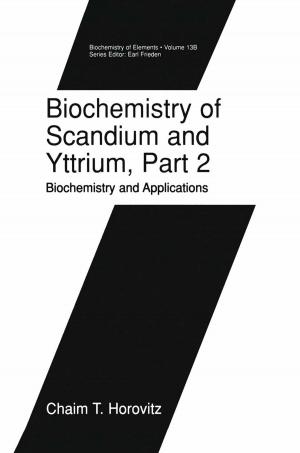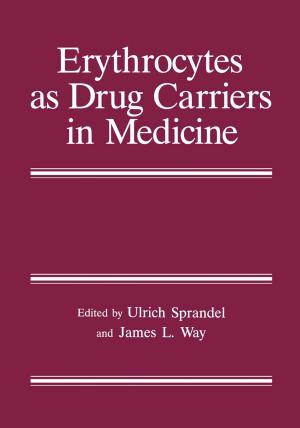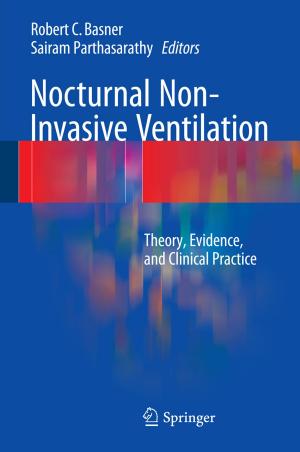| Author: | A. W. Auldist, Spencer W. Beasley, N. A. Myers | ISBN: | 9781489930798 |
| Publisher: | Springer US | Publication: | November 11, 2013 |
| Imprint: | Springer | Language: | English |
| Author: | A. W. Auldist, Spencer W. Beasley, N. A. Myers |
| ISBN: | 9781489930798 |
| Publisher: | Springer US |
| Publication: | November 11, 2013 |
| Imprint: | Springer |
| Language: | English |
This book on oesophageal atresia and tracheo-oesophageal fistula sets out to describe all aspects of a congenital anomaly which has been described as 'the epitome of modern surgery' and 'the raison d' etre of paediatric surgery'. Although the literature contains references to the survival of one baby with oesophageal atresia (without fistula) who was born in 1935, the major component of the oesophageal atresia story concerns the most frequent anomaly, namely oesophageal atresia with a distal tracheo-oesophageal fistula. The first long-term survivals of babies born with this anomaly were in 1939; it is appropriate therefore that this book should be compiled 50 years later. Surgery and neonatal care have made striking advances during this half century, and nowhere is this more obvious than in the field of neonatal surgery. But the care of the baby with oesophageal atresia requires more than a surgeon and a neonatologist, and our experience has shown the need for a multidisci plinary approach involving anaesthetists, intensive care therapists, thor acic physicians, general paediatricians, cardiologists and cardiac surgeons, orthopaedic surgeons, radiologists, nephrologists and geneti cists. The involvement of representatives of all of these disciplines is evident in the pages that follow and in the list of contributors; however, a central theme in the care of patients with oesophageal atresia is that they, and their families, are able to identify with one doctor who has the ultimate responsibility for patient care and the counselling of the family.
This book on oesophageal atresia and tracheo-oesophageal fistula sets out to describe all aspects of a congenital anomaly which has been described as 'the epitome of modern surgery' and 'the raison d' etre of paediatric surgery'. Although the literature contains references to the survival of one baby with oesophageal atresia (without fistula) who was born in 1935, the major component of the oesophageal atresia story concerns the most frequent anomaly, namely oesophageal atresia with a distal tracheo-oesophageal fistula. The first long-term survivals of babies born with this anomaly were in 1939; it is appropriate therefore that this book should be compiled 50 years later. Surgery and neonatal care have made striking advances during this half century, and nowhere is this more obvious than in the field of neonatal surgery. But the care of the baby with oesophageal atresia requires more than a surgeon and a neonatologist, and our experience has shown the need for a multidisci plinary approach involving anaesthetists, intensive care therapists, thor acic physicians, general paediatricians, cardiologists and cardiac surgeons, orthopaedic surgeons, radiologists, nephrologists and geneti cists. The involvement of representatives of all of these disciplines is evident in the pages that follow and in the list of contributors; however, a central theme in the care of patients with oesophageal atresia is that they, and their families, are able to identify with one doctor who has the ultimate responsibility for patient care and the counselling of the family.

